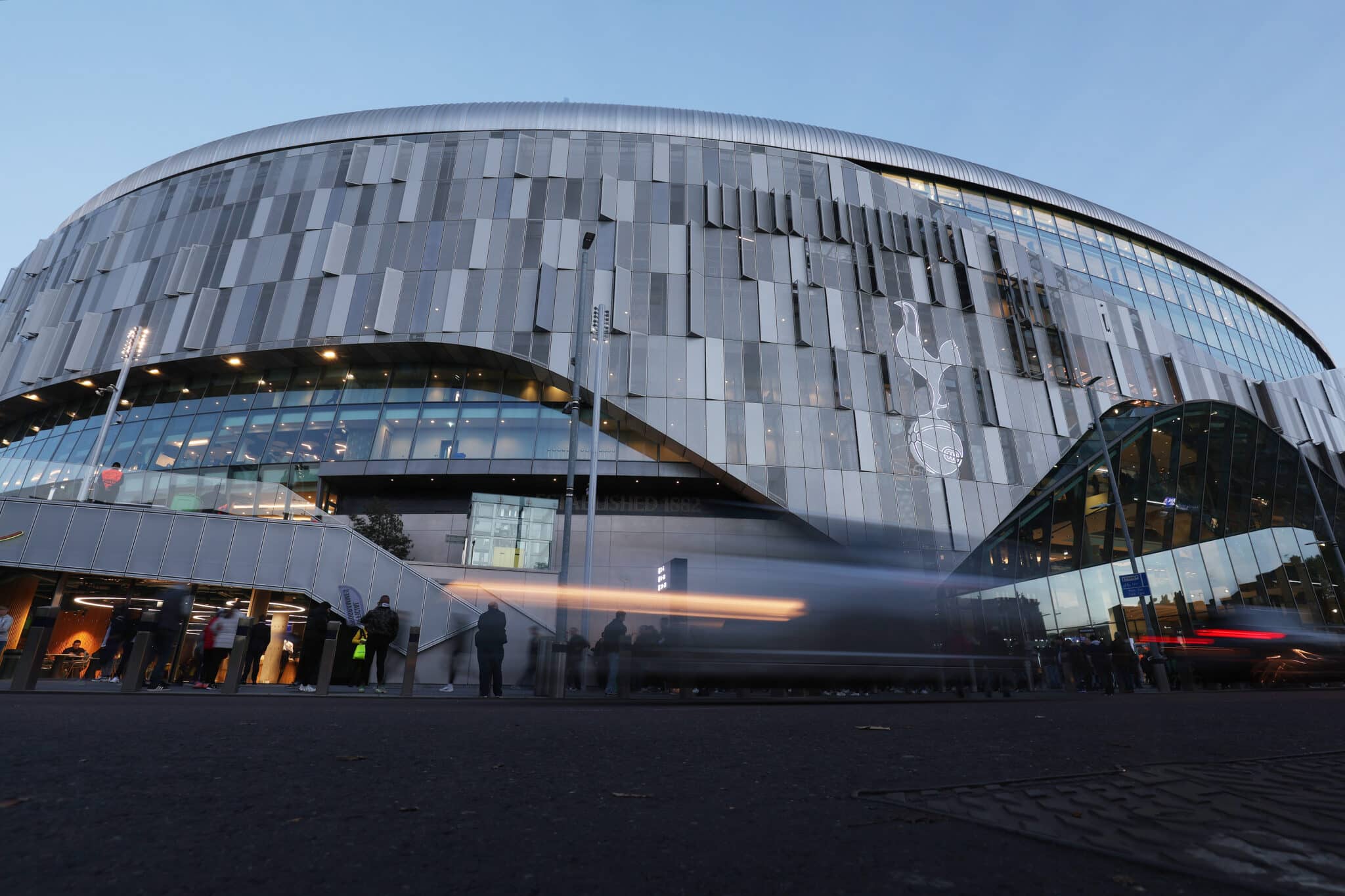
By Nicky Helfgott / @NickyH3lfgott on Twitter
In the ever-evolving world of football, tradition often clashes with innovation. Nowhere is this more apparent than in the transformation of European stadiums, where the age-old terraced football ground is gradually giving way to the sleek, modern ‘bowl’ design popularised by the NFL in America. This seismic shift represents not just a change in architecture, but a fundamental reimagining of the fan experience and revenue generation in European football. More than ever, in 2024, European clubs are racing to revolutionise their stadiums and create a space that can be used 365 days a year, not just for 90 minutes every other Saturday.
The Covid-19 era pointed out the flaws of having such large pieces of real estate which are so one-dimensional in their uses. Now, clubs are building state-of-the-art, adaptable venues that can capture some of the thriving market for live music, put on profitable sporting events beyond football such as boxing and NFL games, and create a booming food and retail business that could theoretically contest neighbouring shopping centres or high streets. These venues can become hubs for the community and highlights for the city.
One of the most notable examples of this revolution can be found in North London, where Tottenham Hotspur’s state-of-the-art ground stands as a shining beacon of the future. Opened in 2019, it boasts a striking bowl design, complete with a retractable pitch and a 17,500-capacity single-tier stand—the largest of its kind in the UK. This innovative approach has not only enhanced the viewing experience for fans but also created new revenue streams through hosting a range of events beyond football matches.
White Hart Lane was iconic. It had a great atmosphere and it was a quintessential British football stadium. But would one want to hang around for more time than necessary? Probably not. A change was needed. Architectural firm Populous, also being used for Manchester United’s stadium development and the new Inter Milan stadium, built a blueprint which would regenerate the surrounding area of N17 and make Spurs’ stadium an arena that could be used all year.
As a result, Tottenham’s matchday revenue has surged by almost 50%. Thanks to the excellent food options, high-class hospitality, microbrewery and the longest stadium bar in Europe, fans are far more inclined to spend money in the stadium. That, coupled with the fact that the NFL London is hosted at the stadium as well as boxing bouts and world-class concerts, such as a week of Beyonce, has meant that commercial income was up from €117mn in 2018 to €215mn in 2022. Subsequently, other football executives are desperate to jump on the ‘Spurs’ model, so often seen in America.

The benefits of the ‘American’ stadium model are manifold. Firstly, the bowl design offers unobstructed views from every seat, ensuring that fans feel closer to the action than ever before. Additionally, modern amenities such as premium hospitality suites, restaurants, and entertainment facilities elevate the overall matchday experience, attracting a wider demographic of supporters. From a commercial standpoint, these multifunctional venues can generate revenue year-round by hosting concerts, conferences, and other events, therefore maximising their economic viability.
The NFL will hold its first game in Spain at Santiago Bernabéu Stadium in 2025
— Joe Pompliano (@JoePompliano) February 9, 2024
Real Madrid’s recently renovated stadium includes a fully retractable pitch that can be stored beneath the stadium with the push of a button.
The storage space includes ventilation, air conditioning,… pic.twitter.com/PC5iWWmljX
However, the transition to the ‘American’ stadium model is not without its controversies. Critics argue that these futuristic arenas lack the character and atmosphere of traditional terraced stadiums, which hold decades of history and heritage. Moreover, concerns have been raised about the rising costs of matchday tickets, as clubs seek to recoup their substantial investments in stadium infrastructure. Additionally, some purists lament the homogenisation of football stadiums worldwide, fearing the loss of unique architectural identities.
Despite these reservations, the allure of the ‘American’ model continues to spread across Europe. In Spain, Real Madrid’s redevelopment of the iconic Santiago Bernabéu Stadium includes elements inspired by NFL venues, such as a retractable roof and a 360-degree video screen. In the works for almost 20 years, the project has essentially reached completion and it has arguably become the best stadium in the world. It will quickly try to recoup its hefty €2b investment through NFL Europe fixtures as well as a blockbuster Taylor Swift concert in the summer. This ambitious project underscores the global influence of American stadium design and its appeal to football clubs seeking to modernise and maximise revenue streams.

Yet Real Madrid and Tottenham aren’t the only ones. In fact, they’re far from it. Manchester United, under Jim Ratcliffe’s new ownership, have announced plans to rebuild Old Trafford and regenerate the area around it. They’ve hired Populous, Tottenham’s architect, to design it for them. Barcelona’s Nou Camp is currently undergoing an enormous renovation as they seek to modernise. The hospitality options are being massively expanded and the capacity increased to 105,000 seats to increase revenue. Both Inter and AC Milan are building new arenas as move away from the iconic San Siro.
Sevilla is upgrading the Ramon Sanchez-Pizjuan. Everton have spent £500m on a new ground built on Liverpool’s Bramley Dock, moving away from Goodison Park, their home since 1892. Even Morocco is building an incredible new 115,000-seater stadium ahead of the 2030 World Cup, which they will co-host alongside Spain and Portugal. It’s an exciting time in football.
As the age of the classic terraced football ground gradually fades into memory, the rise of the ‘American’ stadium revolutionises the landscape of European football. While some mourn the loss of tradition, others embrace the opportunities for innovation and growth that these modern venues offer. Whether this trend represents progress or a departure from football’s roots remains a subject of debate. One thing is certain: the era of the bowl stadium has arrived, and its impact on the beautiful game will be felt for generations to come.
Keep up with all the latest football news on the 365Scores website and app!



